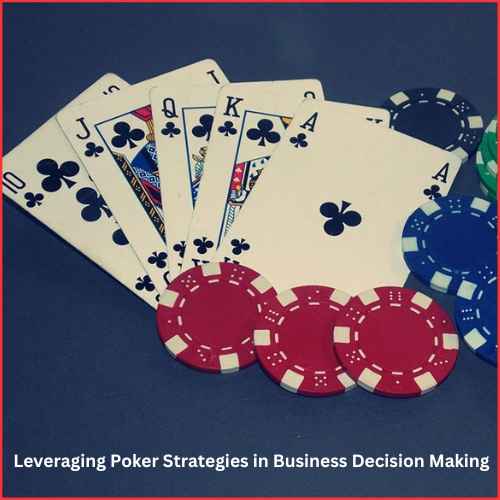In FY23, Myntra incurred a total of Rs 5,290 crore in costs. The largest single source of the fashion etailer’s overall spending, advertising, and promotional costs, accounted for Rs 1,758 crore, up 35% from the previous year.
The fashion portal Myntra, which is owned by Flipkart, reported a 25% increase in operational revenue to Rs 4,375 crore in FY23, despite a 31% increase in losses to Rs 782 crore.

A year ago, the company claimed operating revenue of Rs 3,501 crore, but it also suffered a total loss of Rs 597 crore, as per documents obtained by business intelligence platform Tofler.
Total expenses increased to Rs 5,290 crore in FY23, up from Rs 4,206 crore the previous year.
Myntra, which offers clothing, accessories, and footwear among other things, spent Rs 1,758 crore on advertising and promotional expenses in FY23, up 35% from the previous year and the largest single contribution to its total expenses. Employee spending increased to Rs 631 crore, up from Rs 522 crore the prior year.
In the fashion segment, the platform competes with Ajio, Tata Cliq, and Meesho’s Mall vertical. It also competes with a slew of D2C companies vying for customers on their own platforms.
According to the Economic Times, Meesho’s loss for FY23 was 48% lower at Rs 1,675 crore, while operational revenue increased 77% to Rs 5,735 crore. Flipkart, Myntra’s parent company, reported a 42% increase in operational revenue for FY23 to Rs 14,845 crore for its main marketplace business, while total loss shrank by 9% to Rs 4,026 crore.
Myntra has been experimenting with new features and verticals such as FWD and Myntra Minis in order to improve app usage and attract new customers such as GenZ. In July, ET reported that the company was undergoing an internal restructuring that would result in the layoff of 50 staff, with the in-house brands vertically bearing the brunt of the burden.
These modifications were part of Myntra‘s new strategy to focus on chosen private labels rather than scaling a slew of in-house brands it had begun in the apparel market.
ET reported in September that the company was experimenting with a levy for product returns imposed on consumers with high return rates. Fashion has a greater rate of return in the e-commerce market than segments such as smartphones, electronics, and appliances.















